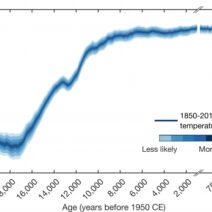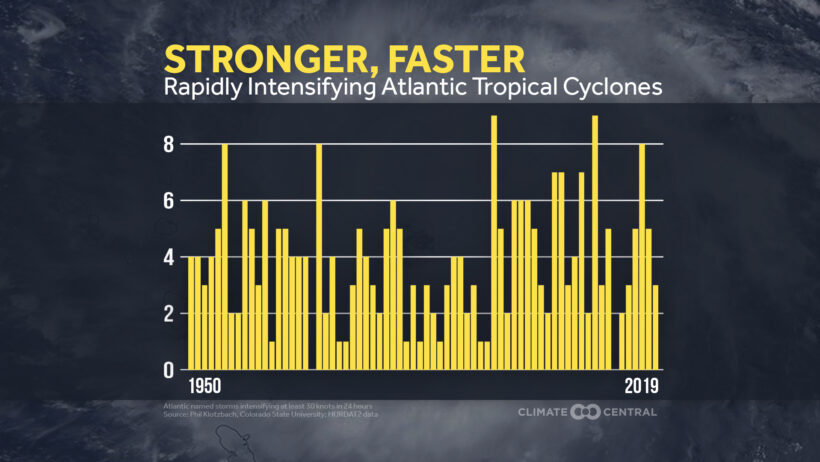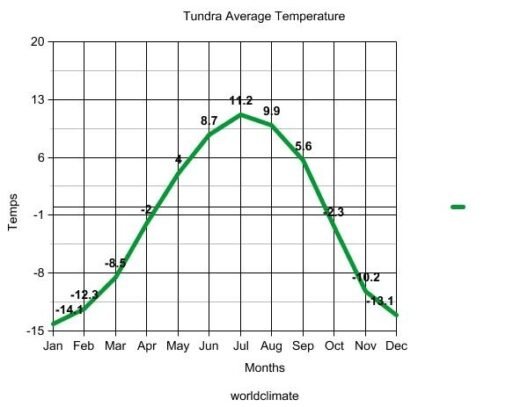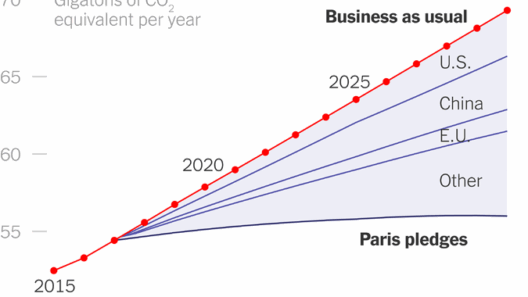The phenomenon of climate change has become a prominent topic of discussion in recent years, manifesting itself through various extreme weather events. From unprecedented heatwaves to destructive hurricanes, the intricate interplay between rising global temperatures and human welfare cannot be overstated. This overarching theme reveals a narrative of vulnerability and adaptation, as populations worldwide grapple with the complexities of a changing climate.
First, consider the increasing frequency and intensity of heatwaves. These scorching episodes are no longer anomalies; they have become a common occurrence in many regions. Higher temperatures exacerbate existing health issues, leading to heat-related illnesses such as heat exhaustion and heatstroke. More critically, vulnerable populations—including the elderly, children, and those with pre-existing conditions—face disproportionately severe consequences. The physiological stress caused by extreme heat diminishes an individual’s ability to cope, ultimately compromising public health systems already straining under the pressure of routine demands.
The implications of heatwaves extend beyond human health. Infrastructure suffers, too. Urban areas, with their concrete landscapes, tend to create heat islands that significantly amplify local temperatures. The demand for air conditioning surges, straining energy grids that are sometimes ill-equipped to handle such spikes. In places where electricity access is limited, a lack of cooling options can mean the difference between life and death. Continuous exposure to excessive heat can lead to reduced productivity and economic losses, particularly in labor-intensive sectors such as agriculture and construction.
Conversely, the catastrophic devastation wrought by hurricanes serves as another glaring indicator of climate change. Warmer ocean waters act as fuel for these storms, increasing their severity and the likelihood of their occurrence. A rising water temperature of just a few degrees can transition a manageable storm into a catastrophic hurricane. The human toll is staggering, as families face displacement, loss of homes, and even loss of life. Economic impacts are also monumental, with property damage, recovery costs, and disrupted supply chains creating long-lasting ramifications.
The correlation between climate change and hurricanes is not merely theoretical; it has been substantiated by rigorous scientific inquiry. Researchers point to the increased atmospheric moisture combined with rising sea temperatures as complicit factors that contribute to the formation of stronger, more destructive storms. As these hurricanes collide with coastal settlements, the mass evacuations and humanitarian crises that ensue highlight the urgent need for resilience planning in vulnerable regions.
Yet, it is important to delve deeper. Both heatwaves and hurricanes are manifestations of a broader ecological narrative intertwined with human activities. The modern lifestyle—characterized by excessive greenhouse gas emissions from industry, agriculture, and transportation—is largely responsible for changing climatic conditions. These activities lead to a central paradox: while humanity seeks progress and development, it concurrently engenders its own vulnerabilities. This paradox is especially evident in marginalized communities, who often bear the brunt of environmental disasters despite contributing the least to the problem.
Understanding the socio-economic implications of climate change becomes imperative as we continue to confront its manifestations. Lower-income nations, for instance, frequently lack the resource infrastructure necessary to combat the destructive impacts of climate-induced natural disasters. A hurricane that strikes a wealthy nation may prompt a swift governmental response; conversely, a similar event in a developing country can lead to prolonged suffering due to insufficient recovery assistance.
Additionally, the long-term emotional and psychological toll on affected populations cannot be overlooked. The trauma of experiencing a natural disaster lingers long after the immediate danger has passed. Fear of future storms, the grief of lost homes, and the anxiety of uncertain livelihoods intertwine into a complex psychological landscape. Mental health cuts across socio-economic boundaries, highlighting resilience as an essential component of community recovery.
Adaptation strategies, therefore, must encompass more than just rebuilding physical infrastructure. Mental health support, community engagement, and sustainable practices must be integral facets of recovery efforts. Engaging local populations in discussions about resilience can foster a sense of agency. By prioritizing community involvement, policymakers can create localized solutions that resonate with the unique geographical, cultural, and economic contours of each area.
As society reflects on the profound implications of climate change, it becomes evident that adaptation must go hand-in-hand with mitigation. Reducing emissions is crucial to preventing catastrophic climatic shifts that lead to heatwaves and hurricanes, but it is equally significant to devise strategies to protect those already vulnerable. Investing in renewable energy sources, enhancing energy efficiency, and promoting sustainable agricultural practices can create a multifaceted approach to combating climate change.
The challenges posed by climate change—whether in the form of heatwaves or hurricanes—demand urgent attention. Recognizing the interconnectedness of human resilience, ecological integrity, and climate policy is essential. The way forward requires a collective commitment to not only address the immediate threats we face but also to pave a sustainable future for generations yet unborn. The journey towards climate justice is arduous, yet it is a path that must be traversed for the sake of the planet and its inhabitants. In this intricate dance of human and environmental destiny, every action, no matter how small, carries the weight of significance.








